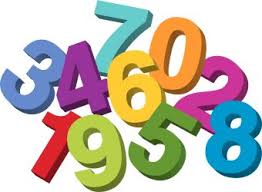 One question that comes up all the time in our work is what is the difference between a percentage change and a rate of increase? Answer: They are the same idea, just expressed differently. For instance, if you say the price of oil increased by 100% that is the same as saying that the price of oil doubled.
One question that comes up all the time in our work is what is the difference between a percentage change and a rate of increase? Answer: They are the same idea, just expressed differently. For instance, if you say the price of oil increased by 100% that is the same as saying that the price of oil doubled.
So mathematically, the 100% increase is equal to a 2.0 times increase. So generally, you can subtract one from a change factor (i.e. 2.0 times higher) to get the percentage increase.
Post Views:
501
Published by
Dwight Steward, Ph.D.
Dr. Steward regularly writes and speaks on topics involving business and individual economic damages, employment audits, and the analysis of payroll and time data in wage and hour investigations. Dr. Steward has also held teaching positions at The University of Texas-Austin in the Department of Economics and in the Red McCombs School of Business, The College of Business at Sam Houston State University, and at The University of Iowa. He has taught numerous courses in statistics, corporate finance, labor economics, business policies, managerial economics, and microeconomics.
View all posts by Dwight Steward, Ph.D.
One question that comes up all the time in our work is what is the difference between a percentage change and a rate of increase? Answer: They are the same idea, just expressed differently. For instance, if you say the price of oil increased by 100% that is the same as saying that the price of oil doubled.